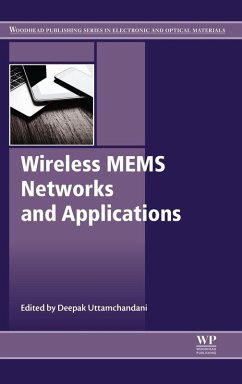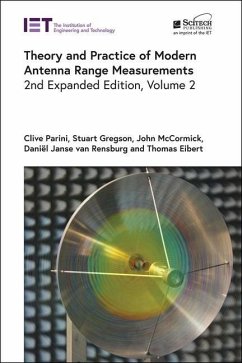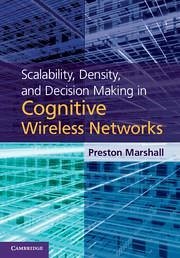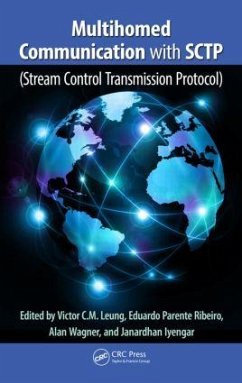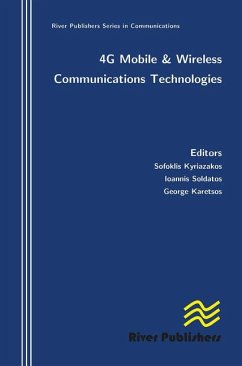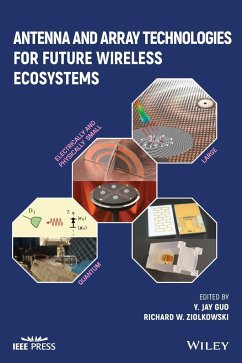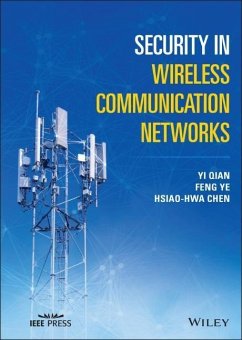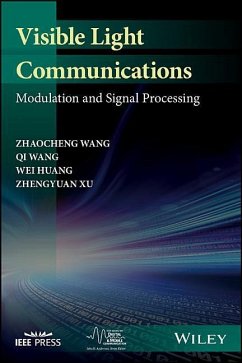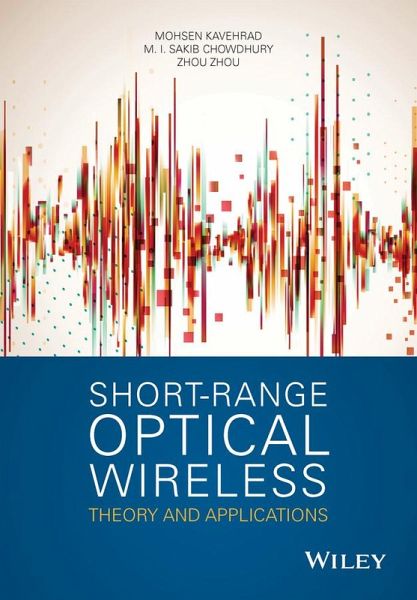
Short-Range Optical Wireless
Theory and Applications
Versandkostenfrei!
Versandfertig in über 4 Wochen
100,99 €
inkl. MwSt.
Weitere Ausgaben:

PAYBACK Punkte
50 °P sammeln!
This book discusses the fundamental aspects of multiple-source Optical Wireless Applications, including Visible Light Communications (VLC). Moreover, the authors explore VLC performance in several conventional household layouts and investigate the impact of these layouts on VLC. Multiple sources increase multipath distortion. Multi-input- Multi-Output (MIMO) techniques will be included as they provide either reliability improvement or bandwidth efficiency increase. Based on these topics, the book further explores VLC performance in real applications, such as aircraft cabin wireless communicati...
This book discusses the fundamental aspects of multiple-source Optical Wireless Applications, including Visible Light Communications (VLC). Moreover, the authors explore VLC performance in several conventional household layouts and investigate the impact of these layouts on VLC. Multiple sources increase multipath distortion. Multi-input- Multi-Output (MIMO) techniques will be included as they provide either reliability improvement or bandwidth efficiency increase. Based on these topics, the book further explores VLC performance in real applications, such as aircraft cabin wireless communications. In addition, the authors describe the Lambertian emitting pattern of LEDs and the diffused features in indoor environments. Based on the theory, they trace light pulses to establish a MIMO indoor wireless channel model on specific sources layout. Next, they generate test data to simulate BER distribution in a room and calculate the outage. Furthermore, addresses the performance improvement when MIMO techniques are applied. Lastly, the authors investigate VLC performance in specific applications, including for aircraft on-board wireless communications. Finally, the pitfalls of MIMO systems are discussed.




